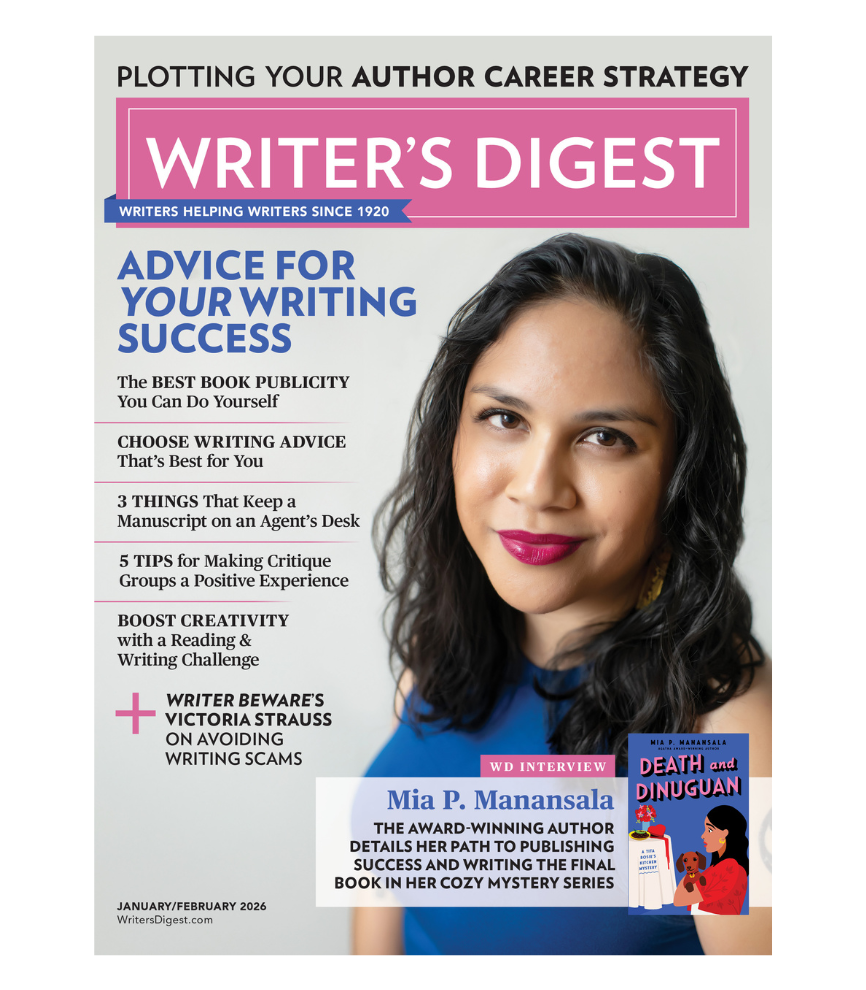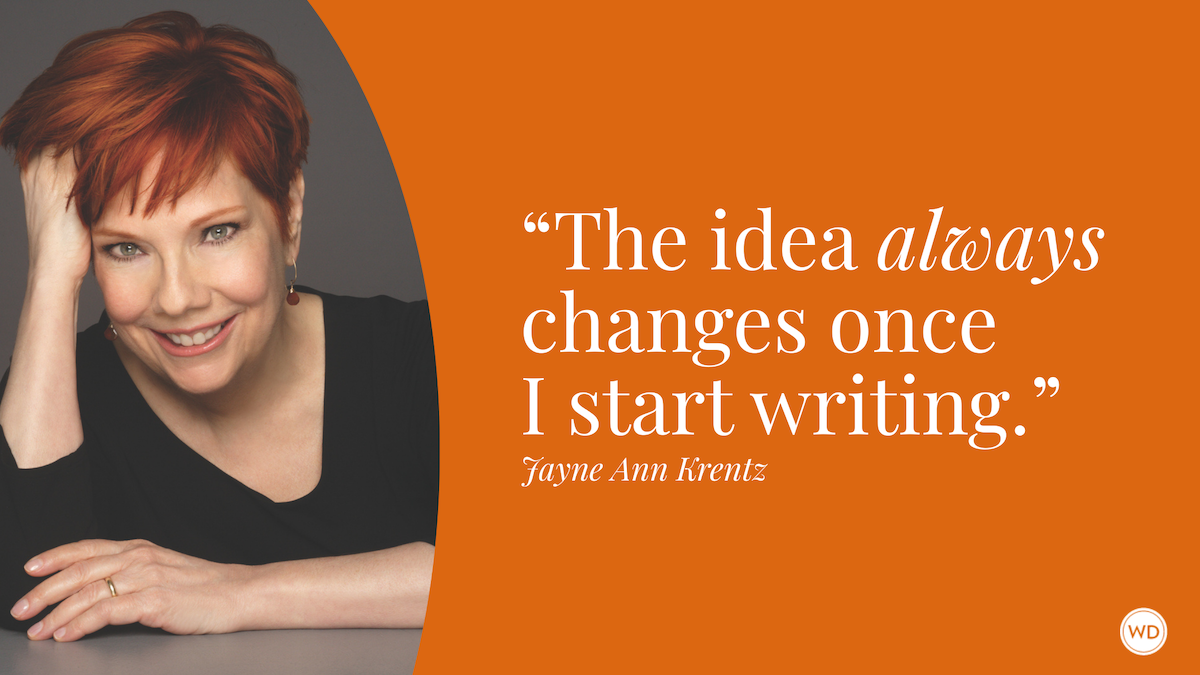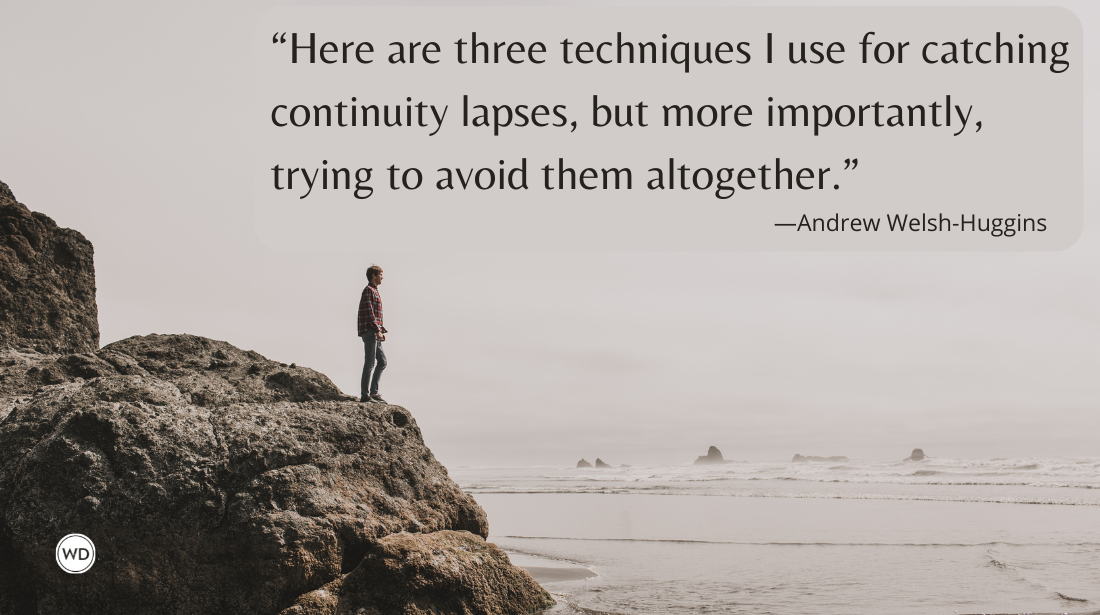5 Things Writers Should Know About Writing for Teens
YA is less of a genre than it is a category of reader. So, how do you write for such a large group of people? YA author Jennifer De Leon shares 5 things writers should know about writing for teens.
Confession: I didn’t know what YA was until long after I had already started writing it. I had been writing creatively for years, and in my 20s and early 30s, I took as many classes and attended as many conferences as I could afford. I earned a masters of fine arts in fiction at the University of Massachusetts-Boston, worked as a waiter at the Bread Loaf Writers’ Conference in Vermont, wrote in a cabin on an island off the coast of Seattle at the one-of-a-kind Hedgebrook Residency. But no one ever told me I was writing young adult fiction.
My stories had strong, feisty protagonists, many of whom were teenagers. But I was writing for adults, or so I thought. It wasn’t until a friend suggested I apply for the Children’s & YA Writer-in-Residence program at the Boston Public Library that I literally Googled “What is YA?” and lo and behold, I saw myself and the characters in the stories I was trying to tell.
Fast forward almost eight years and I can’t imagine my life without YA. My debut novel, Don’t Ask Me Where I’m From (Caitlyn Dlouhy Books, Simon & Schuster) was published in 2020, and my forthcoming YA novel, Borderless (Caitlyn Dlouhy Books, Simon & Schuster) will be published in April 2023. I am currently working on another YA novel (historical fiction this time) set in the 1960s during Guatemala’s Civil War. I also teach YA workshops (Tin House Writers’ Conference, Harvard University), and I love presenting at schools across the country and connecting with teen readers.
Understand That YA Is Not a Genre
First, it is important to define what YA is and is not. Cheryl Klein, editor of The Magic Words: Writing Great Books for Children and Young Adults (Norton, 2016) defines a YA novel as being “centrally interested in the experience and growth of its teenage protagonists, whose dramatized choices, actions, and concerns drive the story, and it is narrated with relative immediacy to that teenage perspective.”
However, others like Jim McCarthy, Vice President and Agent at Dystel & Goderich Literary, doesn’t believe there is a concrete definition. “I don’t know that there’s a real technical definition of what YA is. Essentially, it’s just literature for and about teens, there to bridge the gap between children’s and adult’s books. It can be subdivided into the same genres as adult books—romance, paranormal, mystery, horror, literary fiction.”
YA is not a genre. It is a category of books written for readers from about the age of 12 to 18, featuring characters of the same age.
Voice, Point of View Matter
Arguably, voice and point of view matter in all creative writing. Yet, especially in young adult fiction, the voice of the characters must ring true, authentic, and not an adult’s stereotype of what teens sound like.
In addition, the voice should not be nostalgic or ironic or retrospective. In YA, we don’t want a character looking back on life as a young person; they are young. Because slang can date a book, it is wise not to overdo it in this regard. Better to have the emotions of a particular character shine through the actions and sensory images, rather than only telling the reader about said emotions.
More often than not, YA novels tend to be narrated by a first-person character or a close-third. The reason for this has to do with the immediacy and urgency of the conflicts. If we are too distant from the protagonist, then the tension may fall flat. Teenagers especially have a unique way of looking at the world. They are becoming adults, and in the middle of that transition are all sorts of opportunities to infuse personality, perspective, and voice.
Pacing Moves Quicker
Plot keeps the reader turning pages. This is no difference in Young Adult fiction. As a result, you will be hard-pressed to find a YA novel with a three-page description of wallpaper.
In addition to a plot-rich novel, there also tends to be several sub-plots in YA. Perhaps this is a result of adolescents and this specific time in life where everything can seem new and overwhelming and heavy. There is, in short, a lot of drama. So, keep the writing moving with tension and conflict and points of no return, which all add to an energetic pace.
Trust Your Reader
Teenagers can smell a phony a mile away. Avoid inserting lessons into the narrative or writing in such a way that talks down to the reader, or writing that feels soap-boxy.
Young people are smart. Let the characters act and let the story unfold and readers will make connections and take so much meaning from the novel, but not if you tell them to. They must do this on their own.
No Theme is Off-Limits
Many times, writers believe that they would love to write YA or for a younger audience, but there is no way they can do that because the themes and topics they write about are “too adult.” Yes, there may be some limits on which books can be taught in schools (the list of banned books in several states in the U.S. is disappointingly long), but that does not necessarily mean you should limit what you write about in YA.
In looking at the YA titles that have been published in the last several decades, it is clear that no topic is off-limits—murder, suicide, sexual assault, police brutality, and eating disorders, to name a few. Some of the best Young Adult literature embraces tough topics and welcomes opportunities to keep it real with readers.
Jennifer De Leon is an author, editor, speaker, and creative writing professor who lives outside of Boston. She is the editor of Wise Latinas: Writers on Higher Education, the 2015–2016 Writer-in-Residence at the Boston Public Library, and a 2016–2017 City of Boston Artist-in-Residence. She is also the second recipient of the We Need Diverse Books grant. jenniferdeleonauthor.com.









